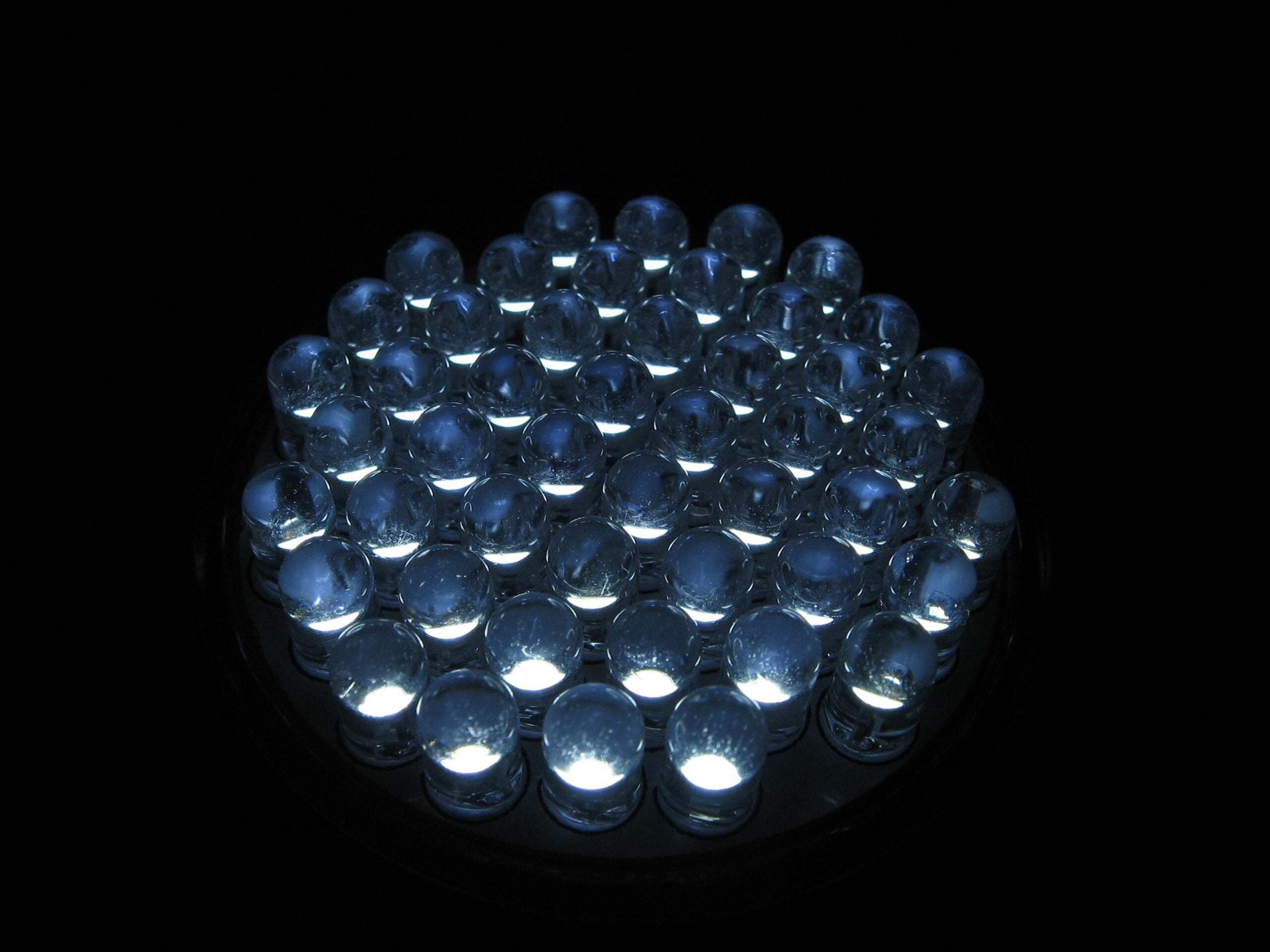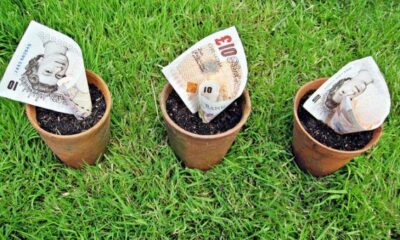

Energy
How LED helps to reduce CO2 and save money
Back in 1927, long before the age of the internet, Smart TVs and mobile phones, a Russian scientist called Oleg Losev claimed to have developed the first Light Emitting Diode. He knew that he’d discovered something great, but wasn’t sure how to take it further, and sent his research out to scientific journals in Russia, Germany and the UK.
Fast forward to 1962, and despite thirty plus years of experimenting, nobody had really done anything major with Losev’s invention. GEC’s Nick Holonyak developed the first highly visible red LED, and LED technology suddenly took off, with different colour lights and purposes being developed rapidly. Initially only used as indicator lights for buttons and switches, people were unsure what to do with these tiny, super bright bulbs. Once again, LEDs went on the back burner.
Meanwhile, the incandescent light bulb continued to be the light source of choice. Cheap to produce and doing the job perfectly well, there was no need to look elsewhere. Their superheated filaments glowed brightly, and were used in everything from domestic lighting to infra-red heating. The only problem was that these bulbs were using so much energy to heat that filament that only 5% of the energy was actually being emitted as light. The other 95% was wasted as heat. There had to be a more efficient way of lighting a room.
The next step forward was the halogen bulb, commonly seen in the shape of GU10s. Also relying on heating, these bulbs were pricey to manufacture, because the concentrated super heating required to induce the light would have shattered conventional glass, and expensive materials such as quartz were one of few appropriate alternatives. There were also safety concerns, as the GU10 bulb’s surface is closer to the filament than an incandescent bulb.
One efficient alternative was the Compact Fluorescent Lamp, or CFL, which used a third less energy than the incandescent. You probably remember those as the swirl style bulbs, which took a long time to heat up. Introduced in 1995, CFLs used much less energy than incandescent lamps, meaning a worldwide substitution would result in less CO2 being emitted into the atmosphere. There would be a CO2 reduction of 230 million tons every single year, more than the combined annual emissions of Portugal and the Netherlands.
However, despite their green credentials, they were unpopular as they were slow to warm up to their maximum output, and turning the light on and off seemed to significantly shorten their lifespan. Rather than going out with a bang like incandescent or halogen bulbs, a CFL got slightly dimmer with each use, until it was simply not able to light up a room any more.
Meanwhile, the LED had quietly been preparing for its big entrance. They’d been installed in traffic lights since the 1980s, car brake lighting systems in the 1990s, and people were starting to wonder if the LED couldn’t be used for lighting rooms. They were used in tiny clusters for giant screens such as Jumbo-Trons, popular at concerts and festivals, taking over from energy hungry traditional Cathode Ray Tubes.
In 2008, the first commercially available LED filament style bulb was introduced, and just 3 years later, Philips won the “Bright Tomorrow Lighting” prize from the US government for their general use LED screw in bulb. LEDs were installed in street lights, outdoor lighting displays, and famous screens such as London’s Piccadilly Circus billboard.
With 25% of the average household’s energy bill attributed to lighting, it’s crucial to ensure that you’re getting value for money. An incandescent bulb, while cheap, will cost you up to ten times more than its purchase price in electricity over its lifetime. An LED bulb can offer you genuine savings, to both your pocket and the environment. With less power usage than halogen and fluorescent bulbs, your kW/hr consumption per year is reduced, bringing down CO2 emissions.
Offering instant bright light, financial savings and the chance for you to do your bit to keep our planet energy efficient, LED lighting is the olution for the future.



 Environment10 months ago
Environment10 months agoAre Polymer Banknotes: an Eco-Friendly Trend or a Groundswell?

 Environment12 months ago
Environment12 months agoEco-Friendly Home Improvements: Top 7 Upgrades for 2025

 Features9 months ago
Features9 months agoEco-Friendly Cryptocurrencies: Sustainable Investment Choices

 Features10 months ago
Features10 months agoEco-Friendly Crypto Traders Must Find the Right Exchange





























